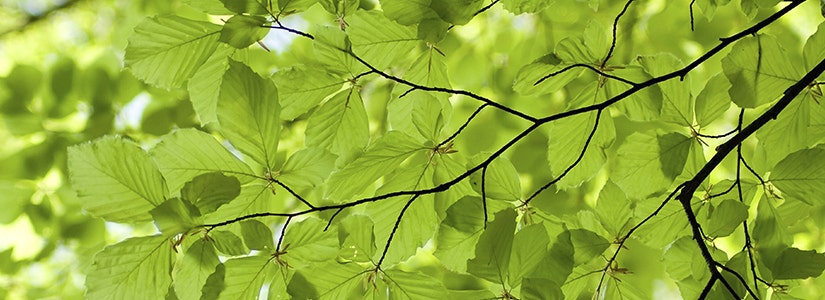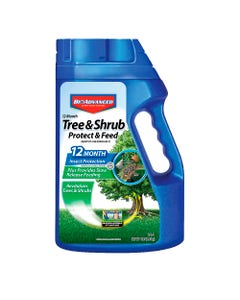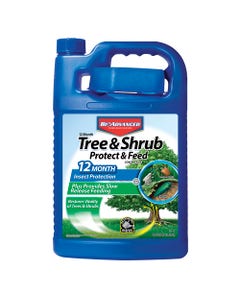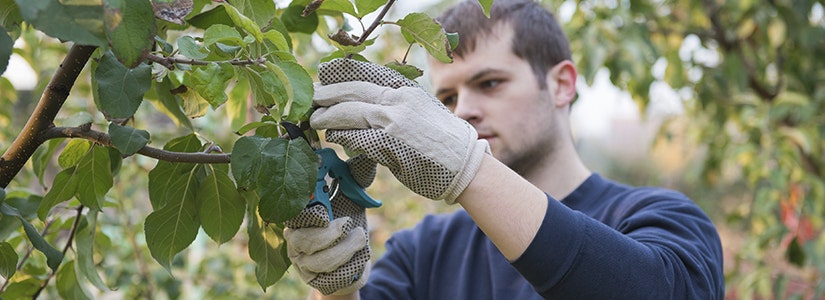

- Home
- Solution Center
- Learn
- Learn: Tree & Shrub
- Tree Care: FAQ
Tree Care: FAQ
When should I plant a tree?
Generally speaking, fall is the best time to plant a tree, with spring a close second. First, make sure you choose a tree that's adapted to your climate and the conditions in your yard. For answers to specific tree-planting questions, contact your local Cooperative Extension System office.
When is the best time to prune?
The best time to prune is when the plant is dormant. However, if the plant is out of bounds, you may have to prune whenever needed. You can also safely remove dead, diseased or damaged wood any time during the year without having a huge impact on tree growth. Learn more about when to prune.
Why is my tree not blooming?
Pruning at the wrong time of year can reduce flowering. For example, pruning spring-blooming plants severely from fall to early spring will reduce bloom. Too much nitrogen fertilizer or a deficiency of other nutrients can also reduce bloom. A soil test could help you solve that problem. In addition, too much water or poor drainage can reduce bloom, as could freeze damage. If it is a young tree, keep in mind that seedlings can take many years before they bloom.
Is there anything I can do to speed up blooming?
Unfortunately, no. Sometimes high-phosphorous "bloom foods" are recommended, but these should not be used unless a soil test shows they're needed. To help the process, though, don't prune heavily prior to bloom.
Should I fertilize a mature tree?
Most mature trees don't really need to be fertilized unless they are showing a specific sign of deficiency or are growing poorly. Especially fast-growing trees, like Pepper Trees, are better left with little or no fertilizer.
Should I prune a mature tree?
When pruning mature trees, always have a purpose for making cuts. Trees recover more easily from smaller wounds than larger ones. That means it's always better to remove smaller branches. Remember that it's best to call a certified arborist if you're pruning trees taller than 10-15 feet. The International Society of Arboriculture (ISA) recommends hiring a tree service company that has ISA-certified professionals on staff. For help finding ISA-certified professionals, use the certified arborist search function on the ISA website. Here are some other tips for pruning trees.
When is the best time to transplant trees and shrubs?
Woody plants are best moved in late winter to early spring. Before transplanting, make sure conditions are right for the species and consider mature plant size so you leave room for the root and crown to develop. Contact your local nursery or local Cooperative Extension System office for specific information about your area.
Do I have to do anything to my trees in winter?
Wintry conditions can be stressful on trees. You can help them weather the season by adding mulch for insulation and moisture retention, watering appropriately (only if the ground isn't frozen), covering the trunks with tree wrap and removing snow and ice from limbs. Learn more about winter tree care.
How should I care for storm-damaged trees?
After a storm, check for broken and dangling branches, as well as cracks where branches attach to the trunk. Also note any cracked or raised soil on one side of a tree trunk, which could indicate the start of leaning. Remove dead wood as soon as possible or hire a certified arborist to remove large branches, branches located high within a tree canopy, and to inspect other potential hazards. Learn other things to look for when inspecting your trees.
How can I tell if my tree is sick or unhealthy?
General signs of an unhealthy or dying tree include decreased or no leaf growth on all or part of the tree during growing season, missing or brittle bark, and fungal growth such as mushrooms on the trunk. Other signs of an unhealthy tree include dropping leaves, poorly-colored foliage, eaten leaves and cracked, split or oozing bark. However, these may also be signs of treatable conditions. A certified arborist can help determine your tree's health.






